Whether you are young or old, a weekend warrior or professional athlete, knee pain related to patellofemoral syndrome is a common injury that can affect a wide spectrum of individuals. This blog post focuses on simple at home exercises to address muscular imbalances and biomechanical issues to help treat and prevent knee pain.
For best results and to reduce the risk of irritating the injury, perform these exercises in the order listed. If you currently have a knee injury or recovering from surgery, consult a health professional before doing these exercises.
Foam Rolling
Foam rolling is one of the most popular forms of Self Myofascial Release. It is a relatively easy to use tool that can help improve recovery after a hard workout, increase mobility and flexibility, as well as decrease your chances of injury. It also helps to reduce knee pain by relaxing tight quads.
Start by laying yourself facedown and position the foam roller between your quad and the floor. Use as much or as little pressure as needed and begin to roll back and forth until the tightness relaxes. Tackle those really tight spots by applying targeted pressure to the area.
If you are new to foam rolling, start slow and don’t get too carried away. One minute or so on each tight area should do the trick.
Hip-Flexor Stretch
This stretch targets the front of your leg from your hip flexor down through your quad. Start by taking a kneeling position with your back knee on the ground and your other knee bent in front of you at a 90 degree angle. With a straight back, place your hands on your front knee and lean forward.
To get the most out of this stretch, make sure you activate the glute muscle of your back leg. You should feel a deep stretch in the hip flexor and quad. For a deeper quad stretch, raise your back foot and rest it against a bench or wall.
If you experience any knee pain, stop immediately and perform a simple standing quad stretch by bending your knee and gently pulling your heel in towards your glutes.
Glute Bridging
This exercise is really effective at strengthening your glutes. Lay on your back with your knees bent up and feet flat on the floor. Think about driving your heels into the ground and contracting your glutes to help lift your hips off the floor. Keep a straight line from your knees to your chest to ensure you are lifting your hips high enough off the ground.
For more glute activation exercises, check out these three exercises!
Single Leg Assisted Squat
This assisted single leg squat exercise will build strength in your quads, hamstrings and glutes, all important muscles to prevent knee pain. Find a chair, box or bench for support that is a little higher than knee height. Start in a standing position with your chair positioned directly behind you. With your supporting leg firmly planted on the floor, lift your other leg off the ground. Slowly lower yourself onto chair until you are in a seated position. With the same supporting leg, lift yourself back up into a standing position.
Click here to book an appointment with Athletic Therapist Taylor Phillips!









